A thorny question with grass stains
Ask a neighborhood listserv about lawns and watch tempers sprout. For some, a tight green carpet is civic virtue. For others, it’s an ecological dead zone with a fertilizer habit. Should we drop the mower for wildlife’s sake, or is that an overgrown idea? Let’s zoom out, sift the evidence, and try not to start a HOA uprising.
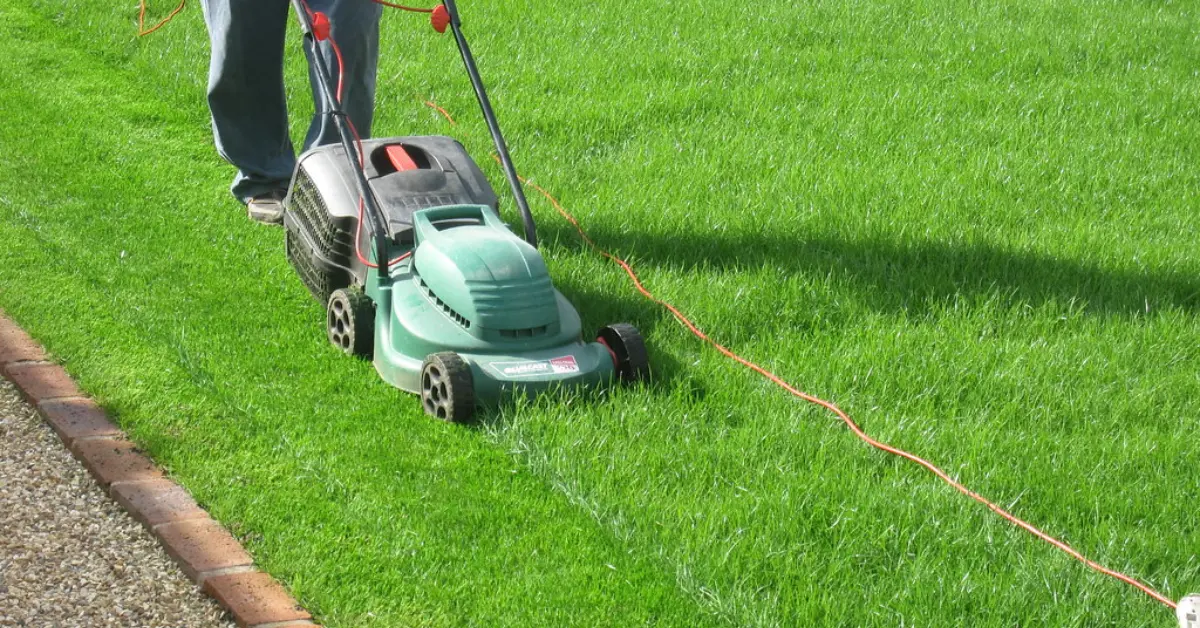
The case for mowing less
Lawns are huge – so small changes matter
In the U.S., lawns cover a staggering area and are often cited as the largest single irrigated “crop.” That means tiny improvements in millions of yards can add up to real habitat gains. Earth Observatory
Less mowing can mean more bugs – and birds eat bugs
An experimental study in Massachusetts tested weekly, biweekly, and every-3-weeks mowing. Two takeaways: mowing less often boosted lawn flowers like clover and dandelions, and bee communities responded. The richest mix of bee species appeared at 3 weeks, while the highest bee abundance showed up at 2 weeks. Translation: giving flowering “weeds” a breather can feed pollinators, which fuels the food chain for nestling birds. ScienceDirectUSFS Research & Development
Native plants supercharge yards for birds
Here’s the big lever: swapping even part of your lawn for native shrubs, perennials, or a small meadow can dramatically increase insect biomass, which is what most baby birds actually eat. A landmark study found that yards dominated by non-native plants could not support sustainable breeding of insect-eating birds, while native plantings did. PNAS

Meadows and “messy corners” help biodiversity
Replacing short-mown grass with small urban meadow patches increases plant and invertebrate diversity, with spillover benefits for everything from goldfinches to wrens. These gains show up even at pocket scale in cities. PMC
The case against tossing the mower entirely
Health and safety are real considerations
Ticks like shade, humidity, and tall vegetation. Public health guidance consistently recommends keeping grass short in high-use areas, removing leaf litter, and creating simple barriers between lawn and woods to make yards less tick-friendly. That doesn’t mean you need a putting green – it does mean think carefully about where you let grass get long. CDCCornell CALS
In the West and other fire-prone regions, defensible space is not optional. Agencies advise keeping grasses low near structures and managing vegetation within the home ignition zone. Habitat helps birds – intact homes help people. Plan your wild bits beyond that safety buffer. NFPAFEMA
“No Mow May” has mixed evidence in the U.S.

You’ve seen the signs. The original high-profile study often cited to support No Mow May was retracted in 2022 due to data issues. Some extension services now suggest a “slow-mow” approach that adapts to local climates rather than a one-size-fits-all pause. The science around mowing frequency is evolving, but the safest bet is thoughtful, consistent management over catchy slogans. PeerJ
Ecology, not neglect
Letting lawn rocket to knee-high and then scalping it can stress turf, smother plants with clippings, and invite invasive weeds. If your goal is habitat, intentional plantings and steady maintenance beat one month of benign neglect followed by a roar of the mower.
The middle path: a backyard mosaic
Okay, okay, okay – you don’t have to choose between a golf fairway and a hayfield. The sweet spot is a mosaic that balances people spaces, safety, and wild corners. Think like a wren: practical, opportunistic, and tidy where it counts.

Keep a “clean-ring” near the house
- Maintain a short, well-kept zone around patios, play areas, and paths. It reduces tick risk and keeps access easy. In fire country, treat this as defensible space and follow local guidance on grass height and debris. CDCNFPA
Let portions go purposefully wild
- Beyond that inner ring, designate patches for longer growth and mow them on a relaxed schedule. If you want pollinators, a 2- to 3-week interval for traditional lawns can help lawn flowers bloom while staying manageable, or convert sections to true meadow plantings. Edge them with a crisp mown border or path so wild looks intentional, not abandoned. ScienceDirect
Trade square feet of lawn for native plants
- Start with a strip. Swap turf for native shrubs, grasses, and perennials that bloom from early spring to late fall. Aim for structural variety – some low groundcover, some waist-high stems, a few shrubs – to maximize cover and insect production for birds. This is the single most powerful yard upgrade for breeding birds. PNAS
Water, chemicals, and clippings – go light and smart
- If you keep lawn, mow high but not extreme, leave clippings lightly to cycle nutrients, and ditch routine pesticides. Healthy, diverse plantings reduce pest pressure naturally and keep food webs ticking.
Work with your context
- Check local rules on lawn height and natural landscaping. Many municipalities allow managed native plantings if you keep sightlines safe and edges neat. Talk to neighbors. A small sign explaining your pollinator patch can turn skeptics into allies.
A few quick builds that birds love

- Shrub islands: a dense native shrub clump in a sea of turf is a lifesaver for fledglings.
- Seed-rich corners: let coneflowers and grasses stand through winter for food and cover.
- Water: a shallow birdbath with clean water beats any bag of seed in July.
- Leaf litter zones: a tucked-away corner of leaves hosts the caterpillars that feed nestlings.
So…should we stop mowing?
Not entirely. But should we mow smarter – and a bit less in the right places – so birds and wildlife can thrive alongside us? Absolutely.
Here’s the verdict most of us can share: keep a safe, short inner zone where people play and homes need protection. Beyond that, trade some lawn for native plantings, try a longer mowing interval where it makes sense, and shape a yard that hums with insects in June and fledglings in July. Lawns cover a vast canvas in America – let’s paint more of it for nature, without forgetting human health and safety. Earth Observatory

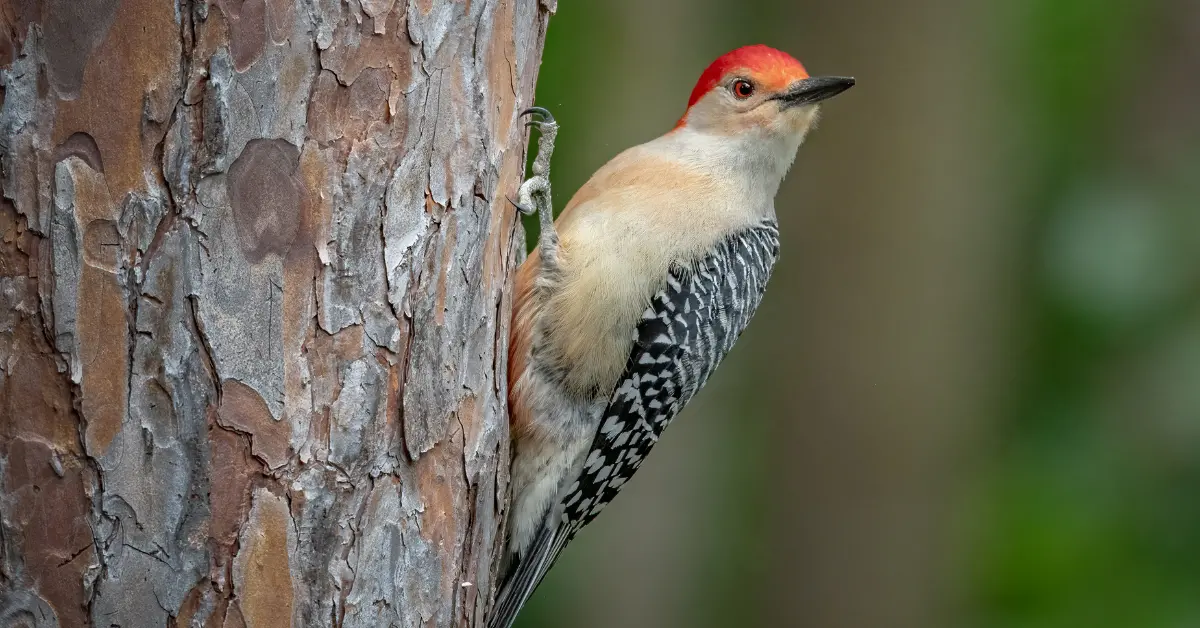
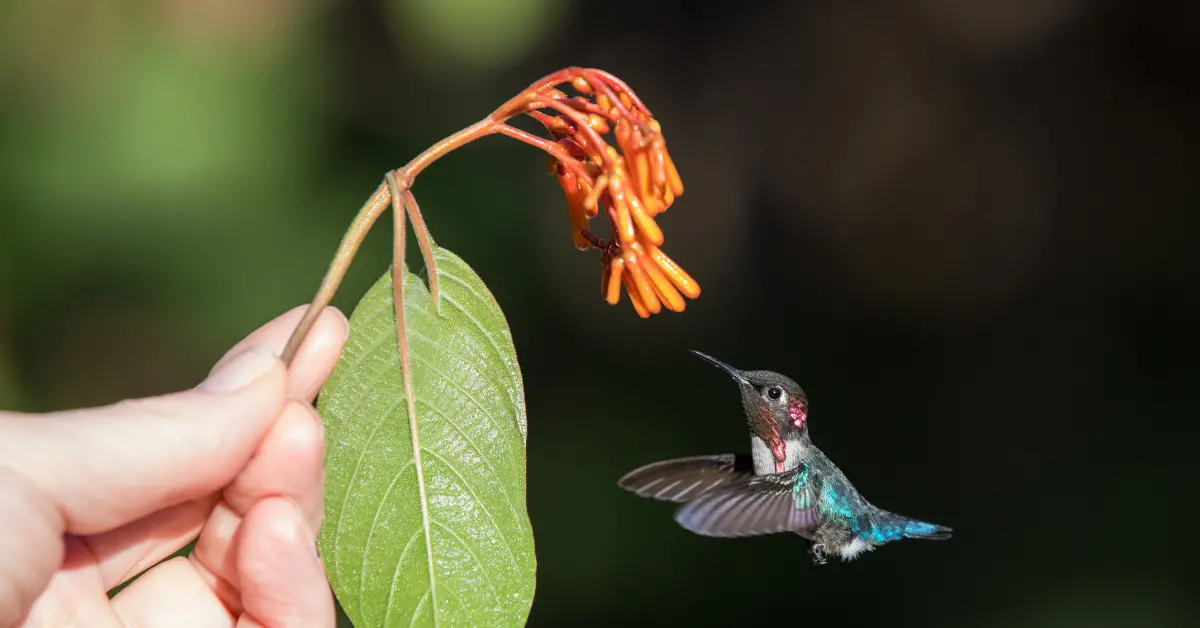
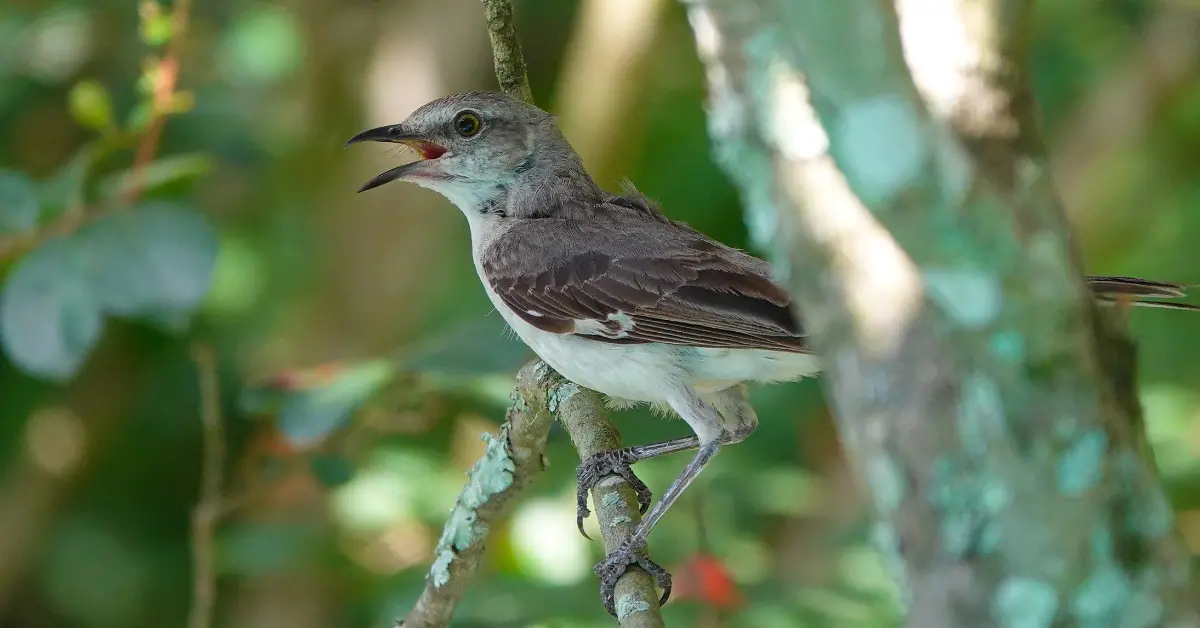

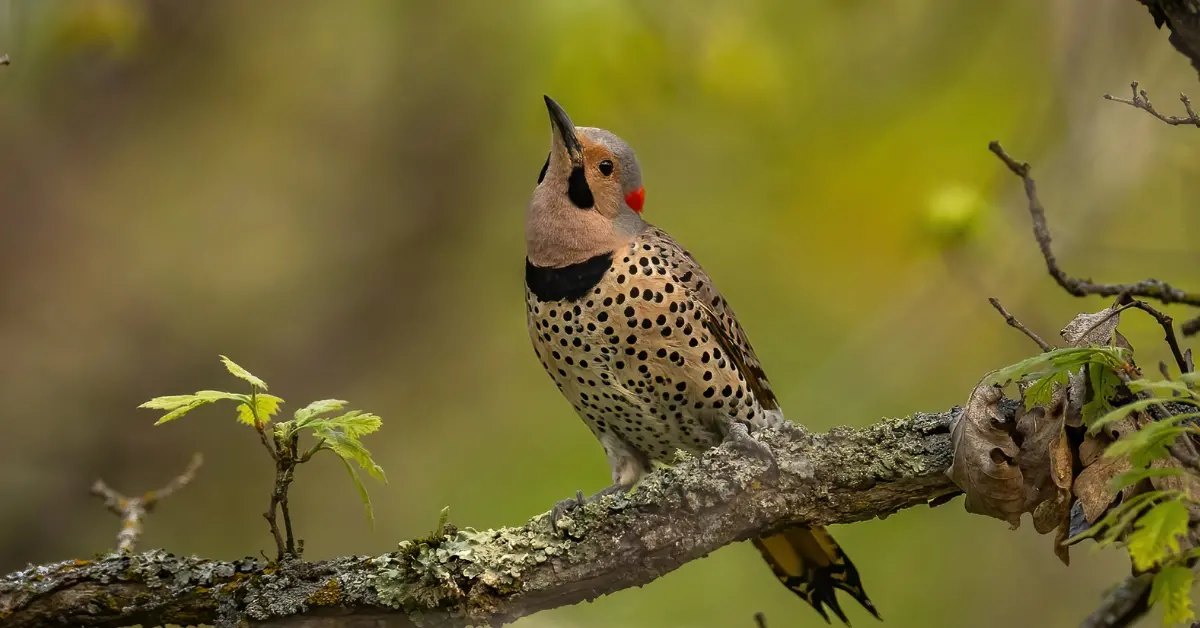
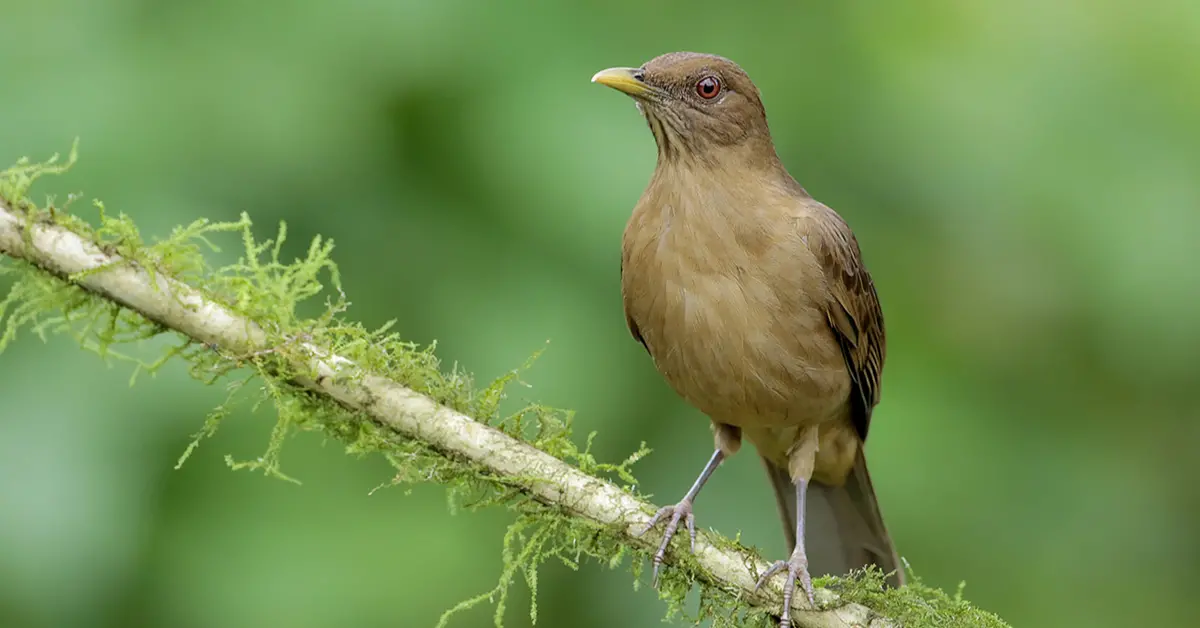
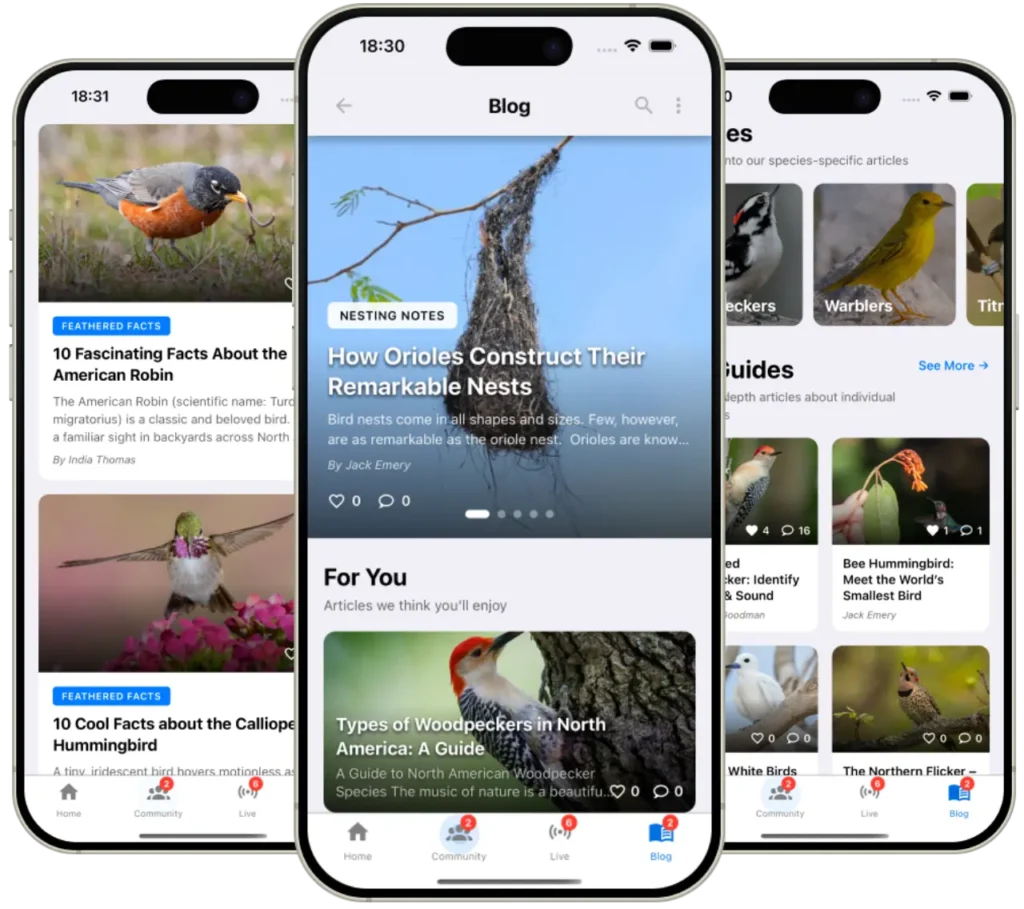
One reply on “Should we stop mowing lawns so birds and wildlife can thrive?”
No grass, plant berry bushes and trees, native nectar producing flowers, no chemicals or fertilizers. We don’t need swaths of lawns. We need to see the return of all bugs – haven’t seen grasshoppers or praying mantis in years! And plant more trees for protection against climate warming. We all need to bring back the balance of life.